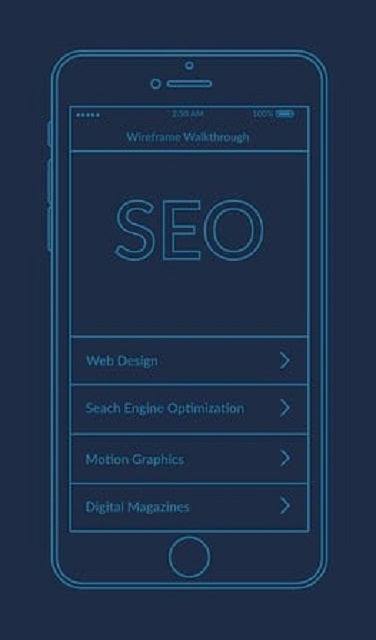Responsive Web Design: Why It’s Essential for SEO and User Experience

Responsive Web Design and its Impact on SEO and User Experience...
In an increasingly mobile-first world, responsive web design has transitioned from a "nice-to-have" to an absolute necessity. It's not just about aesthetics; it's about delivering a seamless user experience across all devices, a factor that directly impacts your SEO and overall online success.
What is Responsive Web Design?
Responsive web design is a web development approach that enables websites to adapt and render optimally on various screen sizes and devices, from desktops and laptops to tablets and smartphones. It uses flexible grids, responsive images, and media queries to dynamically adjust the layout and content, ensuring a consistent and user-friendly experience regardless of the device.
Why Responsive Design Matters for SEO:
Search engines, particularly Google, prioritize mobile-friendliness in their ranking algorithms. Here's how responsive design directly benefits your SEO:
- Mobile-First Indexing: Google primarily uses the mobile version of a website for indexing and ranking. If your site isn't mobile-friendly, you risk being penalized in search results.
- Improved Page Speed: Responsive design often involves optimizing images and code for faster loading times, which is a crucial ranking factor.
- Reduced Bounce Rate: A seamless mobile experience encourages users to stay on your site, reducing bounce rates and improving dwell time, both positive signals for search engines.
- Consolidated URL Structure: Responsive design uses a single URL for all devices, simplifying SEO efforts and avoiding duplicate content issues that can harm your rankings.
- Enhanced Local SEO: With the rise of "near me" searches on mobile, a responsive website ensures your business is easily accessible to local customers.
The User Experience (UX) Advantage:
Beyond SEO, responsive design significantly enhances the user experience, leading to:
- Consistent Branding: A consistent design across all devices reinforces your brand identity and builds trust.
- Improved Usability: Users can easily navigate and interact with your website, regardless of their device.
- Increased Engagement: A positive UX encourages users to spend more time on your site, explore more pages, and engage with your content.
- Higher Conversion Rates: A seamless and intuitive mobile experience leads to higher conversion rates, as users are more likely to complete desired actions.
- Enhanced Accessibility: Responsive design can improve accessibility for users with disabilities, ensuring your website is inclusive.
Key Elements of Effective Responsive Design:
- Flexible Grid Layouts: Using relative units like percentages allows content to scale proportionally.
- Responsive Images: Images should adapt to different screen sizes without losing quality or slowing down page load times.
- Media Queries: CSS media queries enable developers to apply different styles based on screen size, resolution, and orientation.
- Touch-Friendly Navigation: Buttons and links should be large enough and spaced appropriately for easy tapping on touchscreens.
- Simplified Content: Mobile users often have limited time and attention spans, so content should be concise and easy to digest.
- Thorough Testing: Test your website on various devices and browsers to ensure a consistent and optimized experience.
The Future of Responsive Design:
As technology continues to evolve, responsive design will remain a critical component of successful web development. With the rise of foldable devices, wearable technology, and the Internet of Things (IoT), the need for adaptive and flexible website design will only increase.
In conclusion, responsive web design is no longer a luxury but a fundamental requirement for businesses seeking to thrive in the digital age. By prioritizing mobile-friendliness and user experience, you can improve your SEO, drive conversions, and build a strong online presence.
